#Basic Photography
10 Film Cameras in 2023
These are 10 film cameras that are widely respected and much loved by the film photography community.
There are plenty of other cameras that I could add to this list, but 10
is more than enough for most people’s camera collections.
I get into the habit of buying too many, and then only using my
favorites, so trust me, 10 is enough. The list is also narrowed down by
format, because although I’d love to put a polaroid camera on there, it’s near impossible to find film for them!
If you’d like to learn more about film photography, click here, or here.
10 of the Best Film Cameras
Olympus Pen
When I was putting this list
together, I was trying to decide between the Olympus Pen, Trip, and
OM-10, all of which are excellent and notable cameras. I decided on the
Olympus Pen though because of its unique format.
It takes 35mm film,
but it will take 72 exposures on a single roll of 36 exposures. How?
It’s half frame. You point the camera at a landscape, and it takes a portrait photo, taking up just half of the frame.
It was the first half frame camera produced in Japan and was considered portable, hence the name, Pen.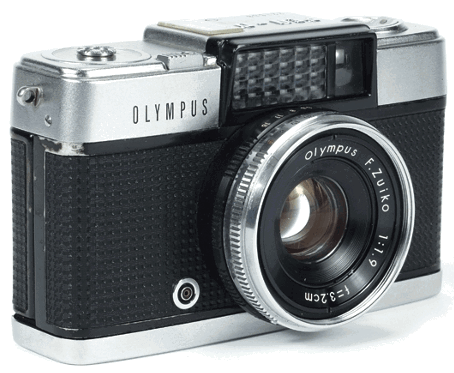
There are many different versions of this camera, the majority of which
are rangefinders (remember to take the lens cap off!), but there are
also some SLR versions called the Pen F. These cameras are great fun and
one that I’ve owned for a couple years now.
They’re so legendary in fact, that you’re probably familiar with the digital reproduction, even if it doesn’t stay true to the original half-frame format.
Nikon F
The Nikon F first appeared in 1959,
as Nikon’s first SLR camera. It marked a change of direction for the
company, moving away from rangefinders, into what they saw as the
future; SLR.
A huge range of lenses soon became available, as well as accessories,
such as remotes, flashes, bulk film magazines, scientific attachments,
and even a polaroid back.
The camera has a good reputation of being well made, reliable and easy
to use, with a wide range of high quality lenses. It’s really the lenses
that sell any camera for me, and with the bayonet mount on the Nikon F,
the selection was (and still is) vast.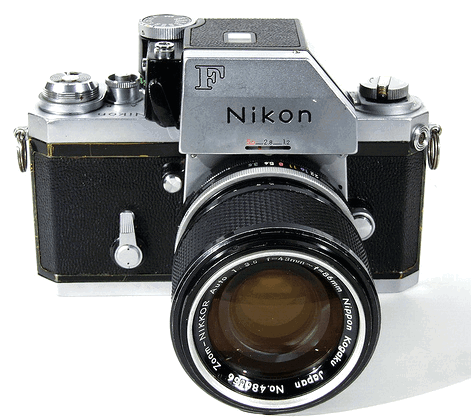
Canon AE-1
The Canon AE-1
was produced by Canon for nearly 10 years, which sounds a
bit absurd when you consider our throwaway culture these days, but
that’s just down to how good, and how popular this camera was.
Originally produced much later than the Nikon above, in 1976, it was Canon’s first affordable TTL
(Through The Lens metering) cameras, which added autoexposure modes as
well as shutter-speed priority, which we’re all familiar with today.
Because of the low cost, and added features, it became one of the most
popular cameras of the time. This means it’s not hard to find them
today.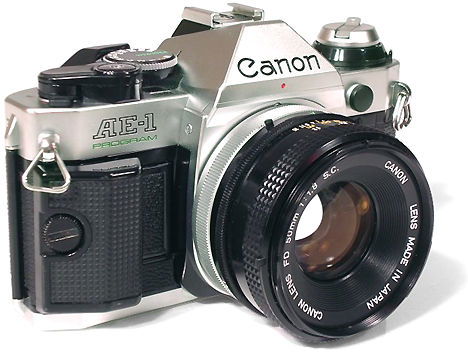
Hasselblad 500C/M
With the exception of the shape,
this was a completely new camera for Hasselblad. It changed how the
camera worked with a new shutter which would allow flashes to sync at
all shutter speeds.
The whole idea with Hasselblad is that it’s interchangeable, and with 6
different lenses, 4 film backs, and 4 viewfinders, there were plenty of
options available.
The 500 series was first introduced in 1957, but it wasn’t replaced
until the 500C/M came into production in 1970, bringing with it an
interchangeable focusing screen and an improved automatic back.
Hasselblad are synonymous with quality and they make some of the most
expensive cameras available today, in digital format. There’s even a few
Hasselblads in space still from the Apollo missions.
Trusted for their quality, they were popular in their day,
and coveted now, only slightly harder to use. They take 120 film, which
only takes 12-16 exposures on a roll, and development can be expensive
and annoying.
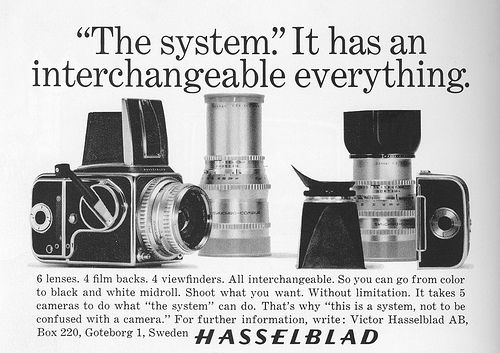
Pentax K1000
If you’re looking for bells and whistles, then look somewhere else. This camera was aimed towards the amateur photographer
market, and it was first introduced in 1976. It continued to be
manufactured for over 20 years, even though it was out of date by the
time it was released. Why?
Because there was no program mode, nor aperture or shutter priority, or even a self-timer, mirror lock-up,
or DoF preview. These were very popular cameras with students because
they were cheap, a great way to learn, and lasted for ages.
There’s plenty around, so finding one shouldn’t be a problem.
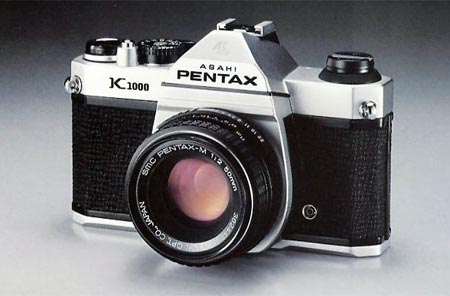
Widelux
Compared to the other cameras on this list, it’s nowhere near as
famous but has a real wow-factor in my books. It’s a panorama camera
which takes 35mm film, which works by swinging the lens from one side of
the camera to the other.
If you follow the actor Jeff Bridges, then you may be aware that he’s an avid photographer who uses one himself. He even published a book full of photos in 2004.
They’re good fun, and cost between $500-1000 on eBay. Their 150-degree
viewing angle makes for some awe-inspiring photos, even if the camera
itself is a little hard to use.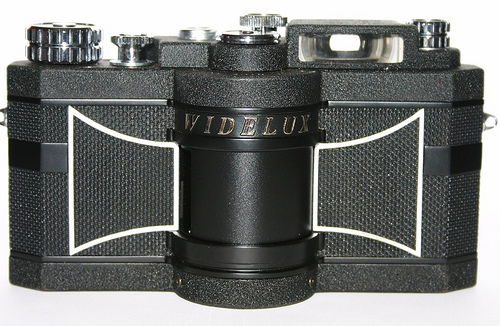
eBay price: $500-$1000
Holga
With the regeneration of film photography and iPhone apps that mimic the same effect, such as Hipstamatic and Instagram, Holga has taken on a whole new lease of life, along with a very similar rival camera, the Diana.
Both are part of the Lomography movement, using cheap plastic lenses and
film to produce some very interesting effects. Like the Hasselblad, it
uses medium format 120 film, which is annoying to get developed, but there’s also a 35mm version available now.
The cheap manufacturing produces vignetting, light leaks and blurs, which has helped people to fall in love with the nature of film photography again.
Leica M4
What can I say about the Leica M4? It’s an absolute classic and a symbol of quality for film photographers
everywhere. But it ain’t cheap. It was first introduced in 1967, it’s a
rangefinder camera with a home in every good,
self-respecting photographer’s collection.
The name Leica alone is synonymous with quality, but the M4 makes the
name much more notable. The camera continued to be produced until 1975,
but the market for Leica’s has such high demand. With not too many
people really wanting to sell theirs, you’re looking at around $2000 for
one.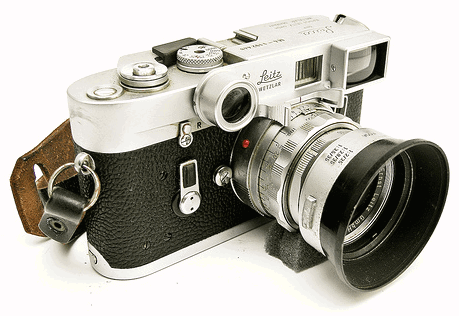
Rolleiflex E TLR
The Rolleiflx E TLR (Twin Lens
Reflex) is very different in design to most modern cameras because it
requires you to look straight down towards the ground and into the
camera, to see a projection of the image.
Two lenses are used, the first is used to capture the image onto film,
and the second is used to display the image to the photographer.
This particular model was first produced around 1956, and looks like a
typical grandpa camera, with its old styling and Zeiss lenses. Look for
the 2.8 models, which incorporated an f/2.8 aperture, which allowed for more light into the lens. A true must-have.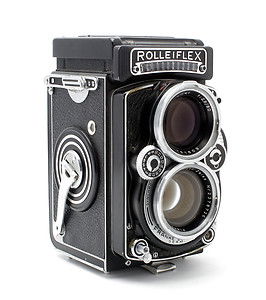
Minolta SR-T 101
This is a camera close to my heart,
and one that I’ve owned two of. The first one was dropped and damaged
the light meter, so I replaced it while waiting for it to be repaired.
It was first brought into production in 1966 and was produced for 10
years, with only very minor changes. The easy-to-use light meter in the
viewfinder makes exposure very easy. And the pin sharp lenses make for some spectacular images.
I recommend the 35mm f/1.7. I honestly can’t recommend this camera enough.
You can find nearly all of these camera brands and more on Ebay. Go to the Ebay web page,
type the brand name you want in the search box which says, ("Search for anything"). To visit Ebay,
simply Click Here.
----------------------------------------------------------------------------
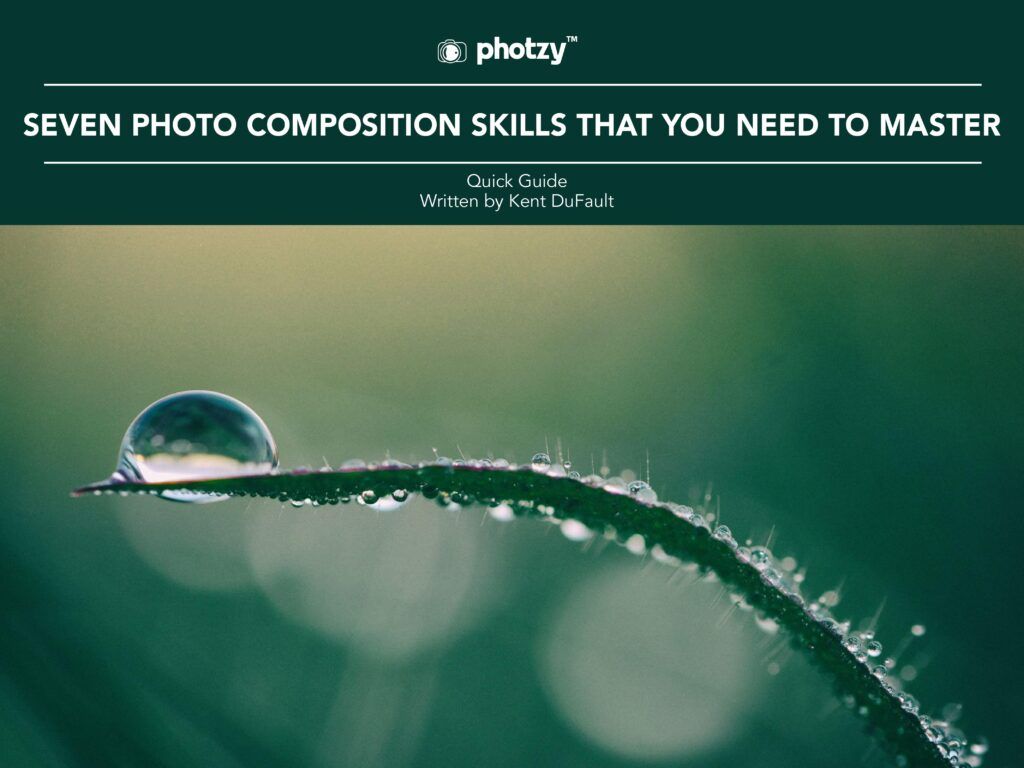
No comments:
Post a Comment
Note: Only a member of this blog may post a comment.